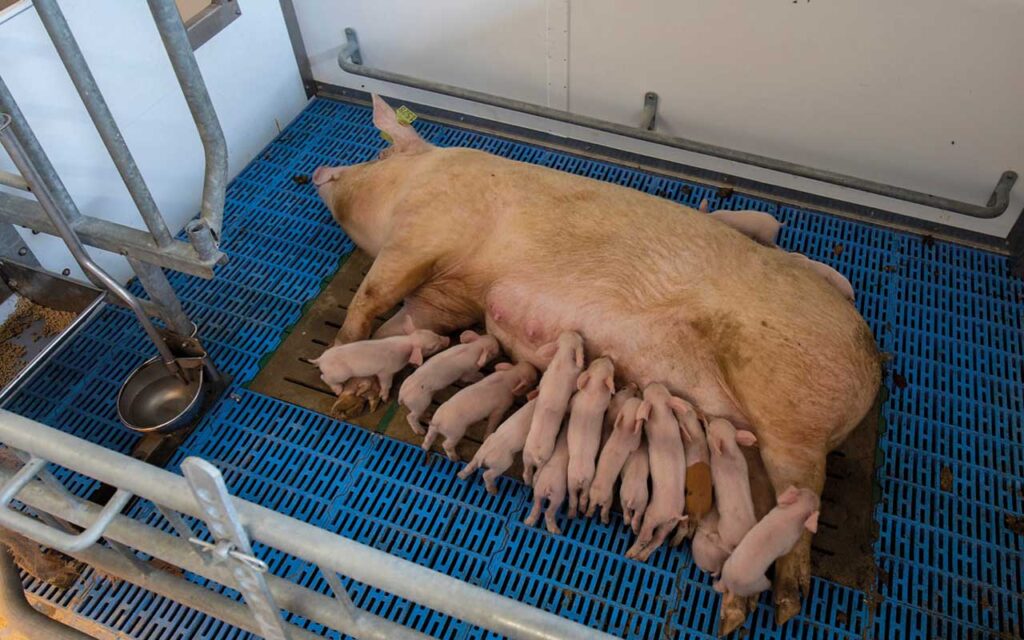-
Eggs: Caged hen egg production currently scores just 32 out of 100, whilst free-range systems score 51. The study found UK households would collectively pay £496 million per year to move the 21% of hens in cages to free-range, equivalent to 20p per egg.
-
Chicken: Giving broiler chickens more space per bird would increase welfare scores from 38 to 47. This improvement, benefiting birds in their final week before slaughter, would be valued at £997 million annually, or 92p per bird.
- Milk and dairy: Current dairy farming practices score 43, with around 30% of cows suffering lameness, Reducing lameness to just 5% of herds would raise the welfare score to 56, and be valued at £1.7 billion per year (11p per litre of milk). This would require improvements that would benefit other aspects of cow welfare.
-
Lamb: Using pain relief for lamb castration would increase welfare scores from 53 to 56, worth £320 million annually (£1.12 per kg of lamb). Eliminating castration altogether would raise scores to 60, valued at £717 million per year.
Public and policymakers
Professor Bennett presented the findings at a Universities Federation for Animal Welfare (UFAW) seminar on Thursday.
“For too long, animal welfare has been difficult to factor into policy decisions because we lacked a standardised way to measure its value. This research finally provides that tool,” he said.
“Farmers, retailers and the government can now assess whether welfare improvements represent good value for money, using welfare scores based on independent expert judgment and real public preferences.”
The survey found strong public support for welfare improvements, with 85% of respondents agreeing that there is a moral duty to safeguard animal welfare, while 86% supported regulation to improve welfare levels across all farm animals.
Professor Bennett said his method addresses a long-standing gap in UK policy appraisal. The welfare assessment protocol draws on the widely-accepted Five Domains of Animal Welfare model and adapts elements from EU Welfare Quality protocols and expands them to consider animals’ mental states and whole-life experiences, rather than just physical measurements taken during farm visits.
He said the new valuation tables allow policymakers to quickly estimate the benefits of proposed welfare changes.
For example, if proposing a policy to improve chicken broiler welfare from 40 to 45, policymakers can look up the value (£22.14 per household per year) and multiply by the UK’s 28.4 million households, to get the total benefit of £628.8 million annually. These figures can then be compared against costs to decide if policies represent good value for money, he said.
- You can read the full report here: Provision of a method for the economic valuation of animal welfare benefits suitable for use in policy appraisal




